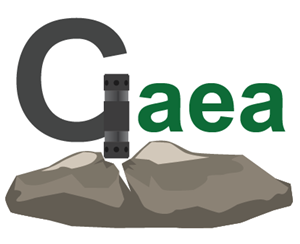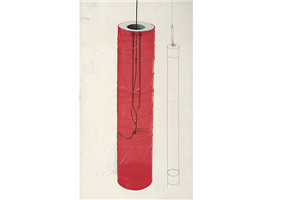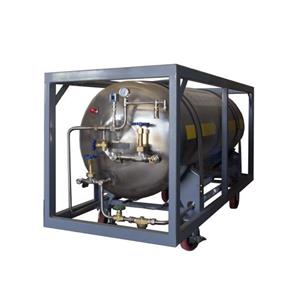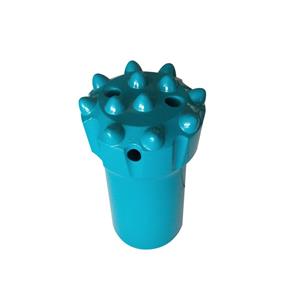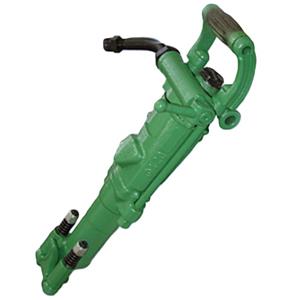Deep guide to core maintenance points for DTH (down‑the‑hole) drilling tools
Three key factors that affect tool life and drilling efficiency: air pressure, axial (bit) thrust, and drill‑rod rotational speed.
Air pressure: Working air pressure for the tool is 0.7–3.0 MPa. Higher air pressure increases penetration rate. Recommended operating pressure: 1.2–3.0 MPa.
Axial pressure (bit thrust): During operation, as long as axial thrust is slightly greater than the hammer’s recoil/back‑thrust, normal operation is ensured.
Drill‑rod rotational speed: Recommended rotation speed is 15–45 rpm. Rotation has an important influence on penetration rate and bit life. Higher speed generally increases drilling rate, but rotation should be reduced when borehole diameter increases or rock hardness rises. Only at a properly selected speed are rock‑breaking efficiency and minimum re‑crushing achieved.
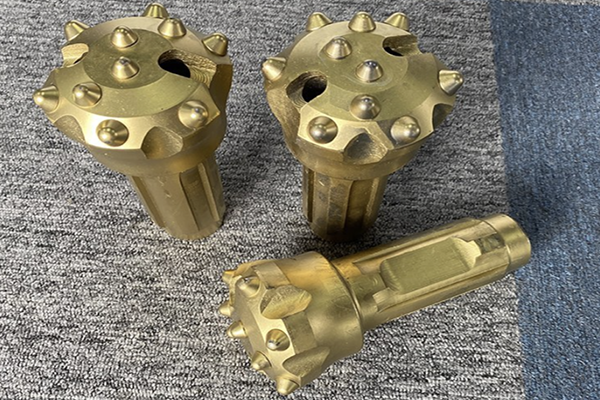
Before use
Check that air supply lines and the inside of the drill rods are clean; blow them out with high‑pressure air.
Check the lubricator has sufficient oil. Running the hammer without lubrication will damage the piston surface and may cause fracture.
Inspect the hammer for damage, dents, rust, or foreign material ingress.
During use
Do not cut off air supply while drilling or when lifting the tool, to prevent stuck pipe.
The DTH hammer must rotate to the right (clockwise) unless it is a left‑rotation hammer. Do not reverse the drill string while the tool is in the hole to avoid dropping the drill rods or hammer into the hole.
Replacement bits must not have a larger diameter than the bit being removed, to prevent jamming.
When drilling through aquifers, do not leave the hammer at the bottom with the air supply off. If drilling must be paused, lift the hammer by two drill‑rod lengths.
Because packings, stuck blocks, or interlayers can cause stuck pipe, periodically perform strong air blows with the hammer and regularly clean the hole bottom.
Frequently check wear on the bit‑locking sleeve and the hammer outer cylinder. The bit‑locking sleeve diameter must never be smaller than the outer cylinder diameter. Replace components promptly when wear reaches the allowed minimum diameter.
After use
Keep drill rods clean at all times. Prevent threaded ends from contacting soil or debris; use thread protectors when available.
If threads are dirty, clean them with a stiff brush or cloth.
When the hammer is not in use, keep it clean, add clean low‑viscosity lubricant, grease the threads, and plug both ends.
Assemble and disassemble the hammer in a clean area. Do not strike with a heavy hammer, which can deform or crack the outer cylinder. Thread connections are normally right‑hand (except for left‑rotation hammers); pay attention to the wrench turning direction.

